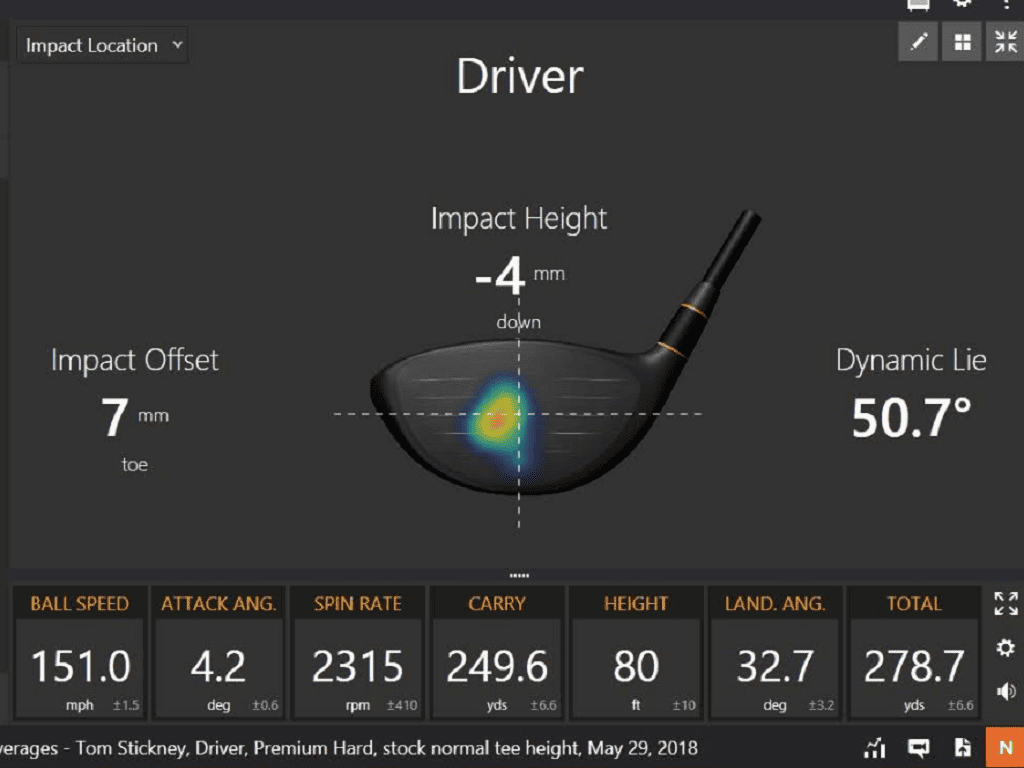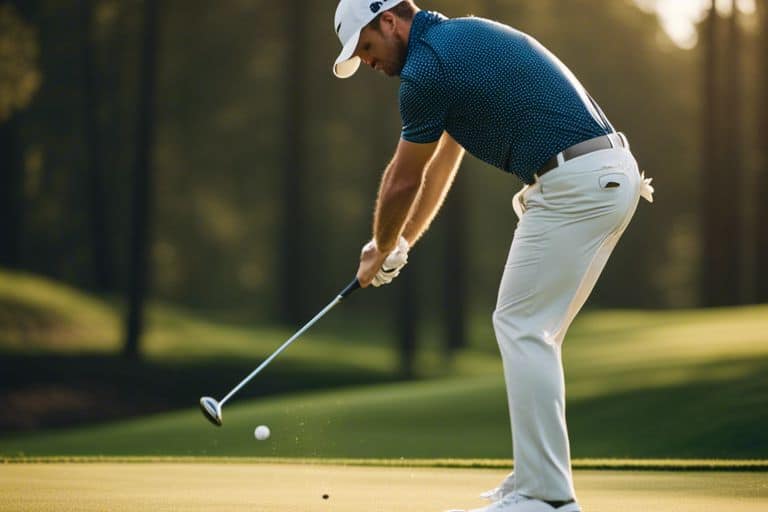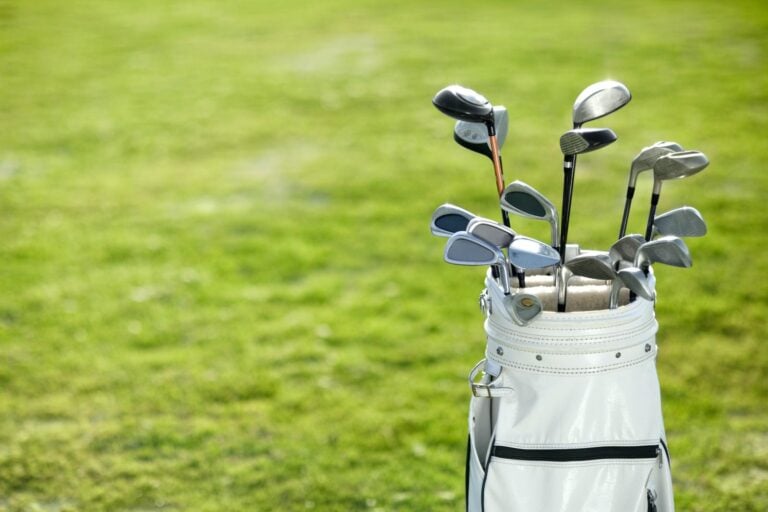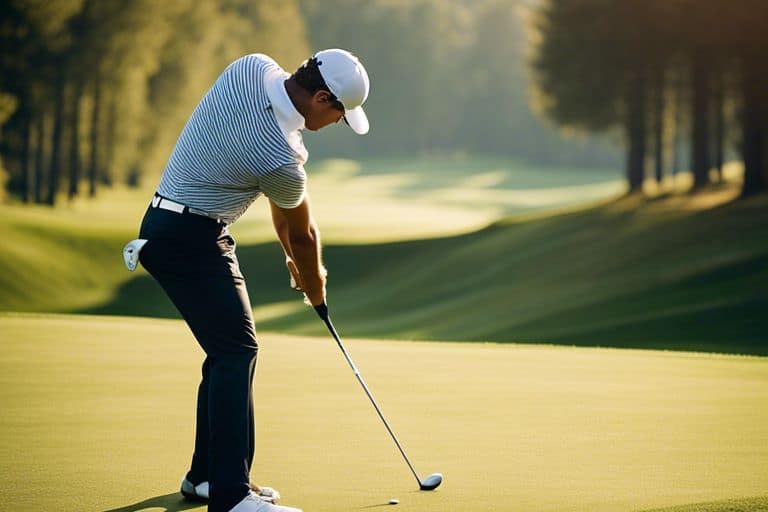How can I generate more power from my lower body when driving?
Exercising proper lower body mechanics is crucial for generating optimal power and distance off the tee. Whether you’re a beginner or an experienced golfer, strengthening and utilizing your lower body effectively will significantly improve your driving performance. In this blog post, I will share some key tips and techniques to help you harness the full power of your lower body and improve your driving distance.
Fundamentals of Lower Body Mechanics
By understanding the fundamentals of lower body mechanics, you can optimize your power generation when driving. The proper execution of lower body mechanics is essential for maximizing power and efficiency on the golf course. In this section, I will cover the anatomy of the lower body muscles used in driving and the biomechanical principles behind power generation.
Anatomy of the Lower Body Muscles used in Driving
When it comes to generating power from your lower body, several muscles come into play. The major muscles involved in driving include the quadriceps, glutes, hamstrings, and core muscles. The quadriceps are crucial for generating power during the downswing, while the glutes and hamstrings help stabilize the lower body and transfer energy from the ground up through the body.
Additionally, the core muscles play a vital role in maintaining stability and transferring energy from the lower body to the upper body. Strengthening and conditioning these muscles is essential for achieving maximum power and distance in your drives.
Biomechanical Principles of Power Generation
Understanding the biomechanical principles behind power generation is key to maximizing your driving potential. When you initiate the downswing, you must engage your lower body to create a powerful and efficient transfer of energy.
The kinetic chain starts from the ground up, with energy being transferred from the legs to the core and then to the upper body. Your lower body provides the foundation for this chain of energy transfer, and the proper sequencing of movements is essential for generating maximum power. By optimizing your lower body mechanics and mastering the biomechanical principles of power generation, you can significantly improve the distance and accuracy of your drives.
I hope this information helps you understand the fundamentals of lower body mechanics and how they contribute to generating more power from your lower body when driving. In the next section, I will discuss the key exercises and drills that can help you strengthen and optimize your lower body for driving.
Training Techniques for Enhanced Power
Some of the most effective training techniques for enhancing power in your lower body involve a combination of resistance training, plyometrics, and explosive movements. By incorporating these techniques into your training regimen, you can improve your overall lower body strength, explosiveness, and power transfer when driving.
Resistance Training for Lower Body Strength
When it comes to increasing power in your lower body, resistance training is essential. By performing exercises such as squats, deadlifts, lunges, and leg presses, you can effectively target and strengthen the major muscle groups in your legs, hips, and glutes.
These exercises not only build muscle strength but also improve the stability and coordination of your lower body, which is crucial for generating power when driving. It’s important to progressively increase the resistance and intensity of your workouts to continue challenging your muscles and promoting growth.
Plyometrics and Explosive Movements
Incorporating plyometric exercises and explosive movements into your training routine can further enhance the power of your lower body. Plyometrics, such as box jumps, jump squats, and bounding, focus on maximal force production in a short amount of time.
These movements help to improve the rate of force development and explosiveness in your legs, allowing for more powerful and efficient movements when driving. Additionally, incorporating explosive movements like kettlebell swings, medicine ball throws, and sprints can help to train your muscles to generate force quickly and explosively, translating to more power on the course.

Nutrition and Recovery
Despite the focus on lower body strength and power, nutrition and recovery play a crucial role in maximizing the power generated from the lower body. Proper nutrition and recovery strategies can significantly impact muscle growth, strength, and overall performance. In this section, I will discuss the dietary considerations for muscle growth, as well as rest and recovery strategies for optimal performance.
Dietary Considerations for Muscle Growth
When it comes to generating power from your lower body, proper nutrition is key. To support muscle growth and recovery, it’s important to focus on consuming adequate amounts of protein, carbohydrates, and healthy fats. Protein is essential for muscle repair and growth, so be sure to include sources such as lean meats, eggs, dairy, legumes, and quality protein supplements in your diet.
Carbohydrates provide the energy needed for intense workouts and should make up a significant portion of your calorie intake. Additionally, healthy fats play a role in hormone production and overall health, so include sources like avocados, nuts, and fatty fish in your diet. Hydration is also crucial for optimal performance, so be sure to drink plenty of water throughout the day to support muscle function and recovery.
Rest and Recovery Strategies for Optimal Performance
Rest and recovery are often underestimated when it comes to maximizing power from the lower body. Inadequate rest can lead to fatigue, decreased performance, and increased risk of injury. It’s important to prioritize quality sleep, as this is when the body repairs and rebuilds muscle tissue. Aim for 7-9 hours of sleep per night to support optimal recovery and performance.
In addition to sleep, incorporating rest days into your training schedule is essential for allowing your muscles to repair and grow. Utilize recovery techniques such as stretching, foam rolling, and massage to alleviate muscle tension and improve flexibility. Finally, don’t overlook the importance of mental and emotional recovery. Incorporating stress-reducing activities such as meditation, yoga, or simply taking time for yourself can positively impact your overall performance.
Equipment and Gear
Now, let’s talk about the equipment and gear that can help you generate more power from your lower body when driving. This includes your footwear, seating position, and other important factors that can make a difference in your driving performance.
Choosing the Right Footwear for Driving
When it comes to generating power from your lower body while driving, the right footwear plays a crucial role. I recommend choosing footwear that provides good support and stability for your feet. Look for shoes with a firm sole that allows you to press against the pedals with maximum force. Additionally, ensure that your footwear allows for proper foot placement and doesn’t hinder your ability to apply pressure using your lower body. Avoid wearing bulky or loose-fitting footwear that can reduce your control over the pedals.
The Role of Seating Position and Ergonomics
Another important factor in generating more power from your lower body when driving is your seating position and the overall ergonomics of your car. I cannot stress enough how crucial it is to have a proper seating position that allows you to utilize the full strength of your lower body. Your seating should be adjusted in such a way that you can comfortably reach the pedals without having to stretch or lean forward. Proper ergonomics will also reduce the risk of fatigue and discomfort, allowing you to focus on generating power from your lower body throughout your drive.
By paying attention to your equipment and gear, specifically your footwear and seating position, you can significantly improve your ability to generate power from your lower body when driving. Choose footwear that provides stability and support, and ensure that your seating position allows for maximum leverage and comfort. These adjustments will not only enhance your driving performance but also contribute to a safer and more enjoyable driving experience.

Advanced Strategies
After mastering the basic techniques of generating power from your lower body when driving, it’s time to move on to advanced strategies that can take your performance to the next level. Here are some key advanced strategies to help you maximize power from your lower body:
- Weight transfer: Focus on transferring your weight from the back foot to the front foot in a smooth and controlled manner to generate maximum power.
- Rotational force: Utilize the rotational force generated by your hips and torso to amplify the power generated from your lower body.
- Leverage: Learn to use leverage to your advantage by pushing off the ground and utilizing your body’s natural mechanics to create maximum force.
Mental Conditioning for Better Power Application
Being mentally prepared for the task at hand is crucial for optimal power application. Visualize and mentally rehearse the driving motion to prepare the mind and body for the explosive movement. Focus on staying relaxed yet powerful, and maintain a strong, determined mindset to unleash maximum force with every drive.
Integrating Technology and Data Analysis for Improvement
Integrating technology and data analysis into your training routine can provide valuable insights into your performance and help identify areas for improvement. Utilize tools such as video analysis and motion sensors to gain a better understanding of your driving technique and track your progress over time. By analyzing the data, I can pinpoint specific areas to focus on, and make targeted adjustments to my technique for improved power generation.

Conclusion
Ultimately, the key to generating more power from your lower body when driving lies in proper technique and consistent practice. By focusing on engaging the muscles in your legs and hips, utilizing your body weight and rotation, and maintaining a stable base, you can increase the power and distance of your drives.
Additionally, incorporating strength and flexibility exercises specific to the lower body can also help improve your driving performance. Remember, it’s not just about the physical strength, but also about the efficient transfer of energy from the ground to the disc. By honing in on these key factors, you can maximize your lower body power and take your driving game to the next level.






